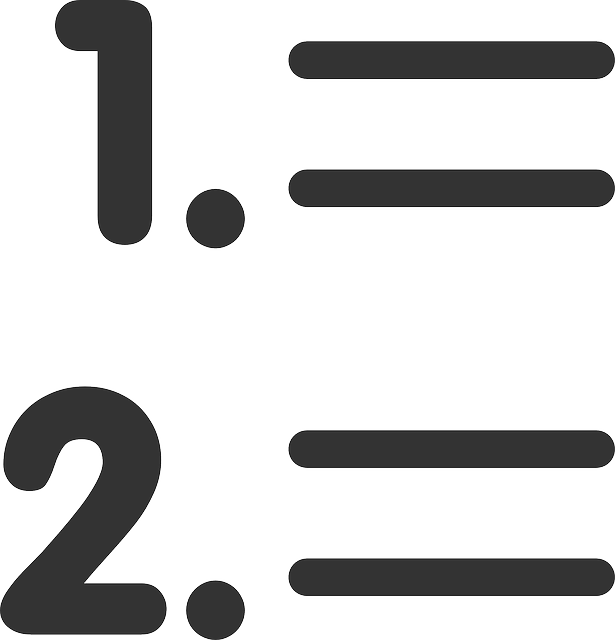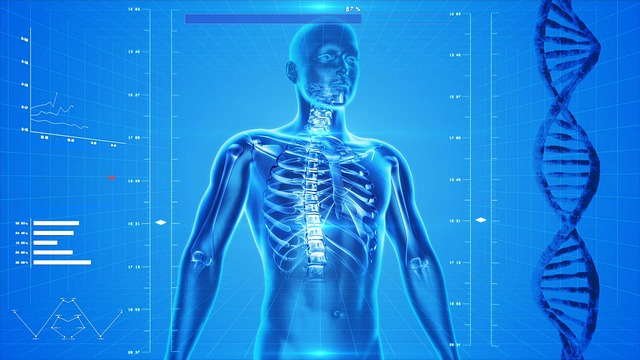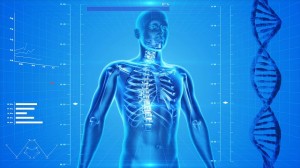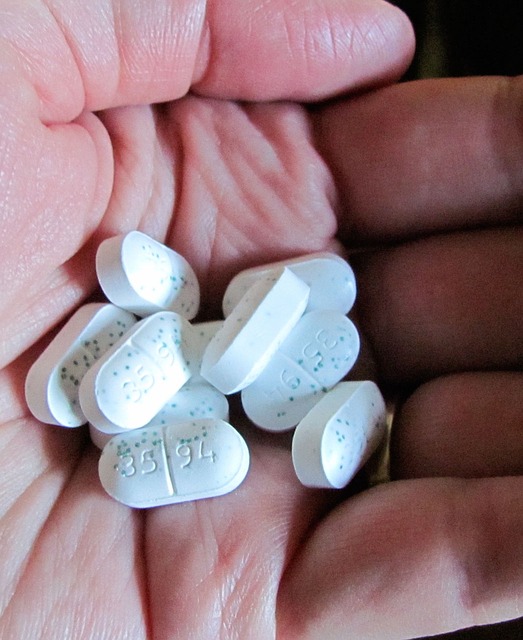Preventing Osteoporosis and Bone Fractures
Osteoporosis is one of the most preventable of bone diseases. Preparing yourself to avoid it is not a difficult task. Thanks to years of research, scientists have discovered many of the underlying causes of osteoporosis and some of the steps that can be taken to prevent the disease and avoid its potentially serious complications, such as bone fractures.
Exercise and Stay Active
Not only does exercise maintain the strength of bones, it strengthens muscles and enhances coordination, which lowers the risk of falls and injury.
Exercise is an important preventive measure. Not only does exercise maintain the strength of bones, it strengthens muscles and enhances coordination, which lowers the risk of falls and injury. Experts generally recommend thirty minutes of exercise a day up to six days a week.
For the patient who is already diagnosed with osteoporosis, higher impact exercises should be avoided due to the increased risk of bone fractures. In this case, your physician can provide you with information regarding appropriate forms of exercise.
General daily activity will also help keep your body healthy. These include such simple things as parking farther away from the front door to your office or the grocery store, taking the stairs rather than the elevator or escalator, and gardening. Periodic stretching throughout the day will help keep you limber and help prevent muscle fatigue and strain.
Hormone Replacement Therapy (HRT)
A hormone deficiency may result in the reduction of calcium stores in the bones. Hormone replacement therapy is the use of synthetic hormones to replace the naturally occurring hormones in the body that have become deficient due to ageing or illness.
For menopausal women, whose level of estrogen naturally begins to decline with the loss of ovarian function, estrogen replacement therapy aids not only in reducing common symptoms of menopause, such as hot flashes, heart palpitations and sweating, but also helps to maintain strong bones.
Estrogen has been shown to increase skeletal mass and reduce the incidence of bone fractures. Despite these benefits, certain health risks are associated with this treatment. If you are considering HRT a careful discussion with your physician is warranted.
A new class of hormonal drugs called selective estrogen receptor modulators (SERMs), such as raloxifene (Evista®), may provide superior clinical effects by selectively enhancing bones while minimizing other adverse health effects associated with HRT.
The effects of parathyroid hormone (PTH) on bone are currently being studied. Early results have shown an increase in bone mass in patients treated with PTH as compared to placebo.
Other classes of drugs include calcitonin and bisphosphonates which both act to inhibit the breakdown of bones.
Dietary Calcium and Calcium Supplements
Remember those “Milk: It does a body good” commercials? They were right! Milk is a good source of calcium, as are cheese, yogurt and ice cream. Calcium is what makes bones strong and rigid. Most experts recommend a daily intake of 1-2 grams.
Because calcium is necessary for body functions other than bone remodeling, if the supply of the mineral is not adequate, the bones become the primary source. An adequate intake of calcium is necessary to prevent this.
Dietary calcium is by far the best method of obtaining the mineral, but it can be difficult to get all you need just from the foods you eat. This is where calcium supplements are useful.
Not all of the calcium naturally occurring in foods or provided in supplements is absorbed. Taking small amounts of calcium at a time, rather than your entire daily requirement in one sitting, can help increase absorption. Vitamin D helps increase absorption of calcium rich foods and calcium supplements. A dose of 400-800 units per day is the current recommendation.
Other Preventive Measures
Other measures that can be taken to reduce the risk of osteoporosis include smoking cessation and lowering alcohol intake.
Reduce the risk of falling down and bone fractures by taking some simple preventive measures. Apply non-skid appliqués and install railings in the tub or shower to prevent slips.
Wearing the correct strength eyeglasses and good lighting can make a difference. Individuals at high risk for hip fractures should consider wearing protective padding.








